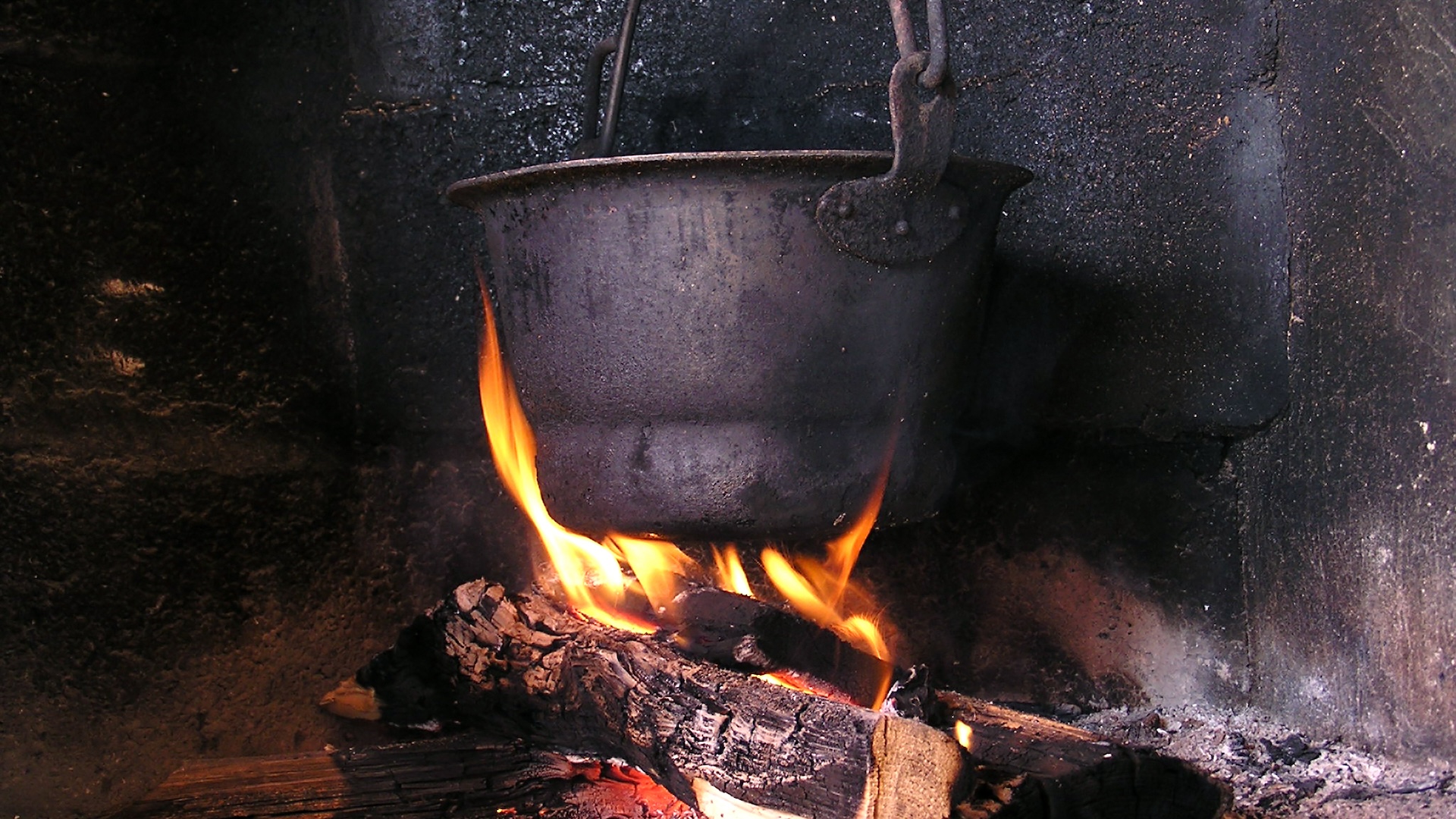
Why Does Italy's Mount Etna Keep Erupting?

Another evening, another eerie glow atop Italy's Mount Etna. The eruptions rocketing from volcanic craters atop Etna's summit suffuse dark nights with a fiery aura as lava jets into the air.
The volcano erupted again this past weekend, tossing lava bombs that looked like fireworks from afar. The blast from Etna's New Southeast Crater is the latest in a string of spectacular eruptions.
Mount's Etna's busy pace produces enough lava each year to fill Chicago's Willis Tower (the former Sears Tower), a 2012 study found. Whether it's a few fast-flowing lava flows or a fiery fountain, the volcano's outbursts have been a constant companion for Sicilians for more than 2,000 years.
Yet geoscientists are still trying to figure out why Etna erupts so frequently, and in so many different ways. Nearly every kind of eruption has appeared at Etna over the millennia — quiet lava streams, sputtering fire fountains and even deadly pyroclastic flows, the superheated mix of ash, lava fragments and gases that race down steep volcanic slopes.
The working explanation boils down to indigestion: how volcanic gases build up inside Etna's underground plumbing.
Tiny bubbles
As with all volcanoes, the magma inside Etna holds gas bubbles, such as carbon dioxide, sulfur dioxide and water.
Sign up for the Live Science daily newsletter now
Get the world’s most fascinating discoveries delivered straight to your inbox.
Etna is one of the gassiest volcanoes on Earth, pumping out more carbon dioxide than any other volcano, said Keith Putirka, an igneous petrologist at California State University, Fresno, who has studied Etna's deep magma system.
"Even though Etna isn't a massive volcano, it puts out massive amounts of carbon dioxide," Putirka told LiveScience's OurAmazingPlanet. "If you threw several more Mount Etnas onto the planet, you could really drive climate change in a serious way."
Scientists think that when magma deep below a volcano rises toward the surface, the difference between speedy or slow ascents can influence the type of eruption. When magma moves quickly, gas stays trapped in the molten rock and explodes when it's suddenly released at a volcanic vent, similar to opening a fizzy-drink bottle. But slowly traveling magma has time to lose its bubbles, leading to lots of lava but little to no explosions.
Magma viscosity (a fluid's resistance to flow) also plays a role in how Etna and other volcanoes erupt, Putirka said. Thick, sticky magma can hold on to gas bubbles longer than low-viscosity magma, such as the basalt now erupting at Etna and other volcanoes such as Hawaii's Kilauea. [The World's Five Most Active Volcanoes]
The first recorded Etna eruption dates back to 1,500 B.C., but the volcano is much older, with the first lava flows pouring out 500,000 years ago. Thanks to geologic detective work, such as dating older lava flows, scientists know the volcano has had times of sleep. But a simple observation helps, too.
"There must have been periods when the volcano shut down, because otherwise, it would be a lot taller," Putirka said. "There has been a really detailed work to understand the stratigraphy, and careful age dating, to sort that out."
An outlier
Etna's location is another geologic mystery. One of the world's largest continental volcanoes, rising more than 10,900 feet (3,330 meters), Etna sits near the collision of two tectonic plates — near, but not on top of, the collision zone. Etna's unusual location has confounded scientists for decades.
Unless they're sitting on top of hot spots — plumes of superheated rock rising from deep in Earth's mantle — most volcanoes on Earth occur where tectonic plates move apart or crash together, with one plate sliding down under the other (called a subduction zone). In the Mediterranean, the African plate is bashing into Europe, and part of it is descending beneath the eastern Mediterranean Sea.
Etna is too far from its local subduction zone to explain the volcano's magmatism, most researchers agree, though small fragments of crust caught up in the plate boundary near Etna make the collision zone complex.
But thanks to recent, detailed looks at the deep structure of the collision zone, scientists now think the African crust sinking near Etna tore, letting hot rock escape and punch through the crust underneath Sicily.
"What they're seeing in the geophysics is a huge tear in the slab," Putirka said. "That sets up a convection current in the mantle that drives volcanism further inland."
Etna's value as a natural volcanic laboratory earned the peak a World Heritage Site designation this past June. Yet even after being observed constantly for more than 2,000 years, the mountain still holds many mysteries, Putirka said.
"At a fundamental level, there's a lot we still don't understand in terms of eruptions," Putirka said.
Email Becky Oskin or follow her @beckyoskin. Follow us @OAPlanet, Facebook & Google+. Original article on LiveScience's OurAmazingPlanet.











